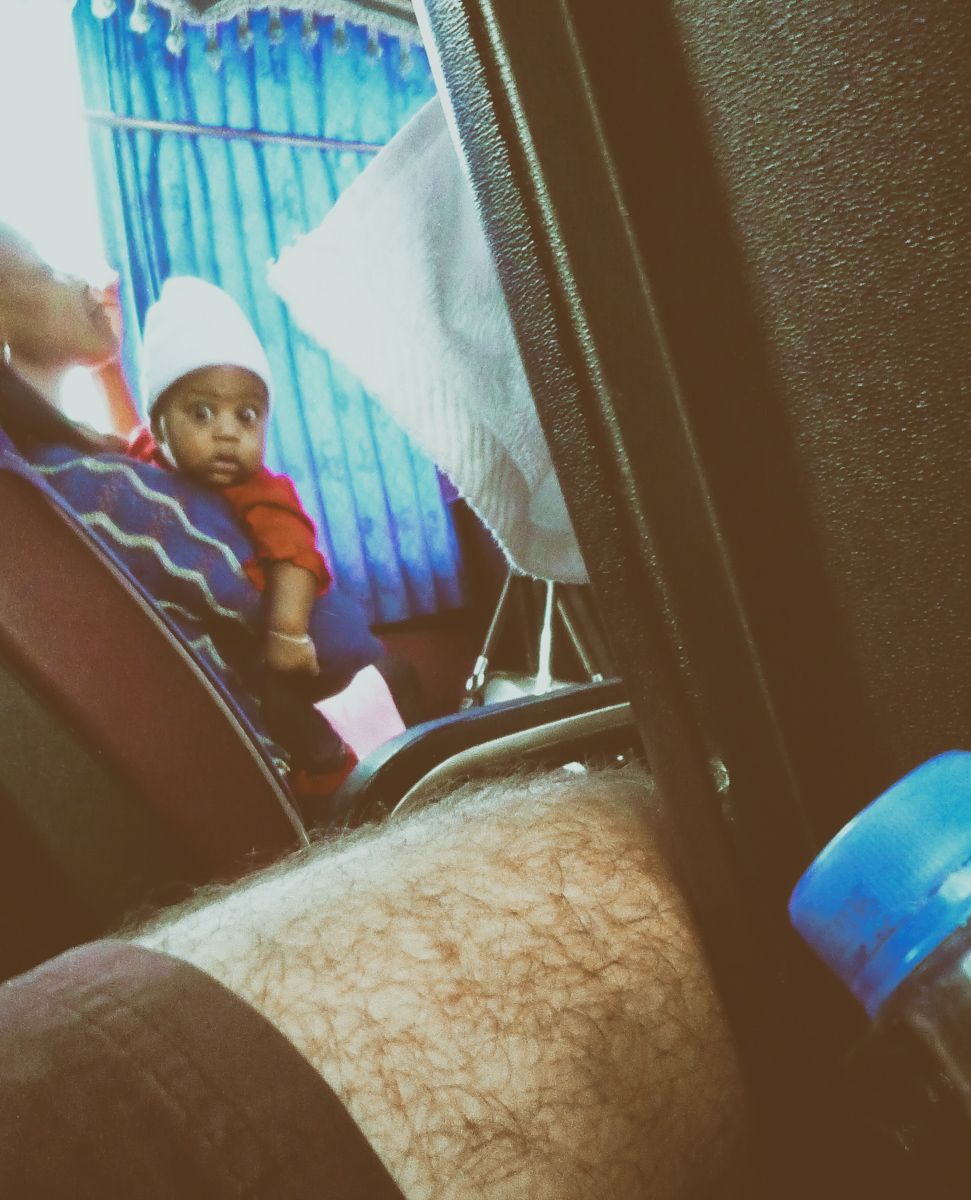Tips and advices
How to manage the Dominican Republic
Currency
It is very common to pay in US dollars (sometimes expected of tourists, but certainly not mandatory). I don’t know if it is possible to get Dominican pesos at a Czech exchange office, so dollars will certainly do as an alternative to start with. However, a Canadian who has lived here for several years advised us to always pay in pesos, because of the surcharge for paying in dollars. He said paying by card also has a surcharge. However, it seemed to us that they put surcharges everywhere no matter how you pay. The prices on the menus are mostly tax-free and without surcharges (you usually get a 2 percent surcharge on the bill, like a tax to the government and then a surcharge for having a bar on the beach, etc.)
To quickly recalculate money at the store, etc., you just divide the amount in pesos by 2.
Withdrawals at ATMs
The biggest problem is the limit on the amount the ATM will allow you to withdraw. For example, it can only be 2000 Pesos (40$ USD). If you find a Banco Popular bank you’re in the clear, I don’t know if there’s even a limit, if so it’s high.
What to bring
Don’t pack 10 t-shirts, 3-4 will be enough. You’ll have a sweaty t-shirt in about 20 minutes and you won’t want to change them so often so you don’t have to wash them all over and over again.
Take a sweatshirt and maybe one pair of longer pants, see the bus trip below.
Repellent and sunscreen can be bought locally but will be a bit more expensive. The locals don’t use them.
Feel free to bring a suitcase full of stuff, but you’ll see that the stuff you end up using will fit into one standard school backpack.
When to go
You can sunbathe in the Dominican Republic all year round, but go early in the year. In January and February, the Dominican Republic is a destination for whales. It’s not difficult to arrange a whale-watching trip, preferably from the Samaná Peninsula, from the port of Samaná, for example.
Gently dogs
You don’t have to worry about the ubiquitous dogs, they are very calm and friendly.
Traveling by bus
Beware of air conditioners in long-distance buses. They’ll run at full blast all the time. If you’re not taking your backpacks to your seat, make sure you take your sweatshirts out of them. The driver will ignore calls to turn down the air conditioning.
There is usually Wi-Fi on local buses (see below), but it rarely works any extra. So don’t count on it too much.
Local buses (Guagua) are actually vans and move you shorter distances, within the city, etc. The stops are usually not marked in any way. You will usually see a group of people (2-3 people) standing by the side of the road. If there isn’t a crowd, try to form one and once you see a van, try to wave at it. The vans are usually white, have an open front door with a young man collecting the fare. Tell him your destination before you get in. They’ll adjust their route for you if they have it approximately on the way. You get on and still don’t pay. During the journey, the young man will stop by and ask you for the amount as well. If you’re going to a destination they don’t normally go to, they’ll even ask you when you’re leaving from there so they’ll come by again for you. Don’t speak Spanish? So buen suerte 😉
Spanish lessons for non-Spanish speakers:
- Vamos a … We go to…
- Precio? [Presio?] – Price?
- Para! – Stop!
- Por favor – Please
- Gracias – Thank you
- Hasta luego [Asta luego]- Good bye
Security?
You will meet people with machetes and people with shotguns. While machetes have practical uses for Dominicans, shotguns do not. Shotguns are usually carried by people on some security detail outside a bank, outside a store, etc. However, we were told that there is usually no money for bullets anymore.
People will stare at you, in the villages they will laugh at you, give it back. They don’t laugh so much in Santo Domingo anymore and neither will you. In Santo Domingo, stick to the historic centre, consult your accommodation provider for other parts of town and take a taxi instead. A taxi will take you almost anywhere in the city for 4$ USD. Get taxis from your accommodation, it’s a classic procedure for them, call a verified company that won’t rip you off. If you’re going to the zoo, for example, take a taxi there. When you leave, ask the concierge to call a taxi for you, they will be happy to do so. Don’t try to walk to the zoo! Don’t try to catch a taxi outside the zoo alone. If you want to catch a taxi on the street, feel free to ask a passing policeman, they will be happy to help. In Santo Domingo they have special police dedicated to protecting tourists, but even the normal police are very helpful.
Be prepared to feel unsafe outside the hotel resorts.






